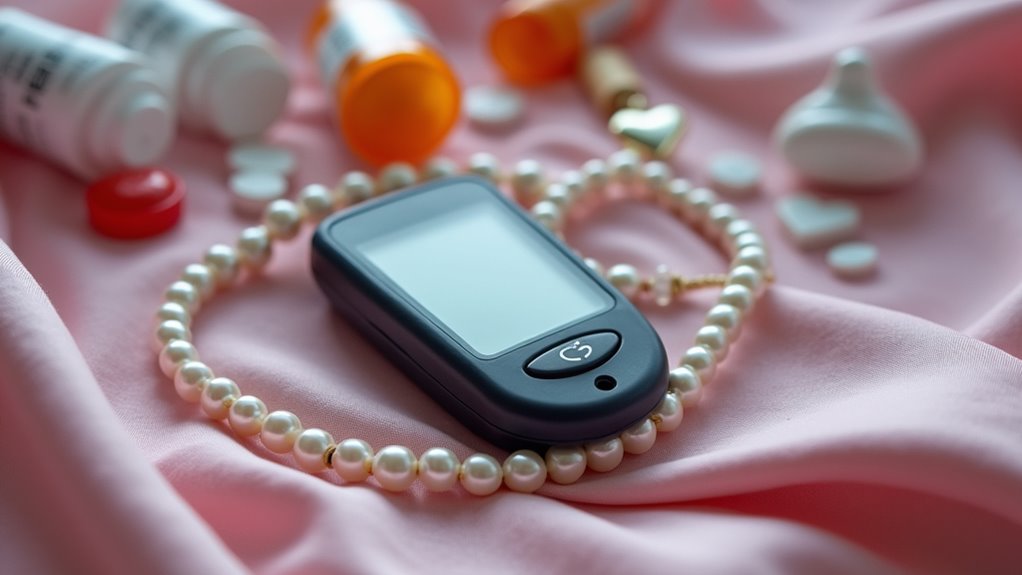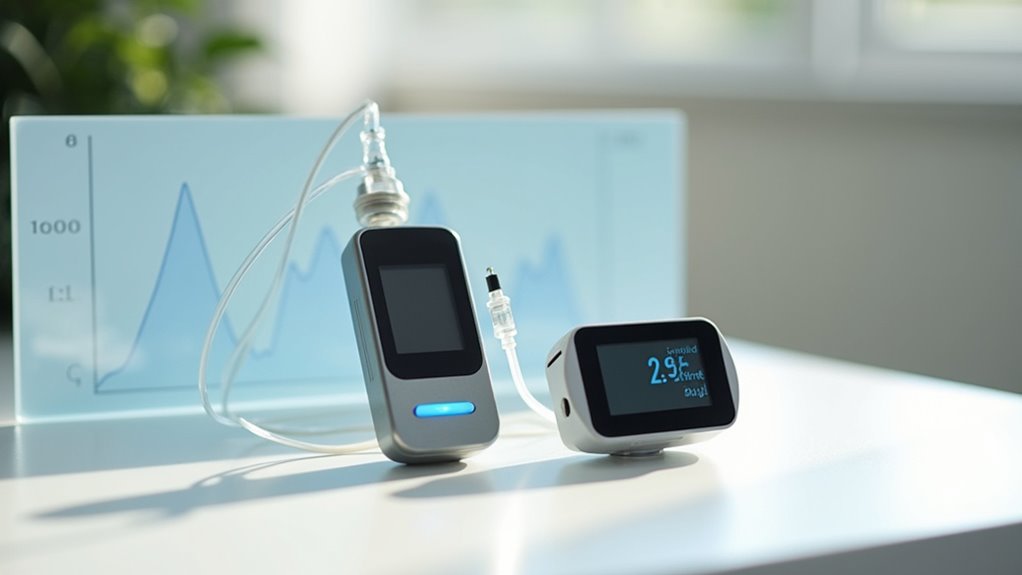While diabetes affects millions of Americans, women face unique challenges that often go unrecognized. Their bodies respond differently to the disease, creating a perfect storm of complications that can wreak havoc on their health. And yet, many doctors still treat diabetes as if it’s gender-neutral. It’s not.
Women with diabetes deal with vaginal yeast infections because high blood sugar is basically a welcome mat for fungal growth. UTIs? More common. Vaginal dryness? Check. Decreased sex drive? That too. Thanks, diabetic neuropathy.
Pregnancy becomes a minefield. Gestational diabetes affects about 10% of U.S. pregnancies, and half of these women eventually develop type 2 diabetes. That’s right—half. Pregnancy with diabetes means higher risks of miscarriage, preeclampsia, and babies with birth weights that make delivery a nightmare. Not exactly what you read about in parenting magazines.
The cardiovascular risk is particularly unfair. Women with diabetes have a higher risk of heart disease than men with the same condition. They’re also more likely to die from diabetes-related heart disease. Diabetic retinopathy? More common in women. Kidney disease? Hits women harder.
Hormones don’t help. Menopause sends blood sugar levels on a roller coaster ride. Some birth control methods can raise glucose levels. Estrogen changes increase heart disease risk. It’s like women’s bodies are designed to make diabetes management as complicated as possible. Stress and anxiety can further complicate the condition by increasing insulin resistance.
Healthcare access remains a problem. Historical biases in medical research mean women-specific conditions get less attention. Depression rates are higher among diabetic women. The growing prevalence of diabetes is alarming, with projections showing an increase to 783.7 million cases worldwide by 2045.
And let’s not forget the caregiving responsibilities that many women shoulder, making self-care nearly impossible. The system isn’t set up for women to succeed against diabetes. Their symptoms are different, their risks are higher, and their concerns are often dismissed.
For women of color, the burden is even heavier, with non-Hispanic Black and Mexican-American women having almost twice the diabetes rates compared to white women.
Women aren’t just smaller men with diabetes—they’re fighting a different battle altogether. And it’s time medical care caught up to that reality.









